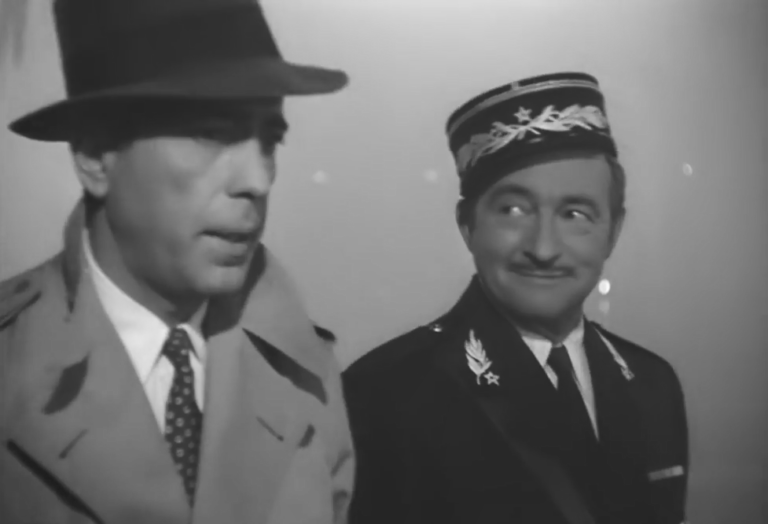How Good Interviews Help Tell Better Stories
We found valuable tips in a five-part series by journalist Kim Cross
As a writer, Kim Cross has described herself as a homebuilder.
“Everyone does it differently, but for me, a narrative starts with a blueprint: a plan for the story structure,” she said in a 2021 interview.
It’s not surprising then that the journalist’s insights on interviewing are shaped by how to structure a story.
“There’s no narrative writing without narrative reporting,” she writes in “The Art of the Narrative Interview,” a five-part series of published by Nieman Storyboard.
The 1998 journalism graduate of the University of Alabama knows her stuff. In addition to many magazine pieces, she’s written books on the design of a landmark Modernist house in Los Angeles; the 2011 outbreak of tornadoes, the largest ever recorded; and the 1993 kidnapping of Polly Klaas from her home in Petaluma, California.
Cross, who also has a master’s degree in journalism, is self-taught in the art of interviewing like many reporters. Corporate communicators also must learn interviewing on the fly, unless they had on-the-job training as a reporter. They’ll benefit from Cross’ lessons.
Each of the articles is so rich in useful information that they should be read from beginning to end. To whet your appetite, we’ve selected four tips combined with some of our own.
1. Report before you report. Too many stories get started with just the idea that something is interesting. That’s not enough.
Early on, Cross looks for the point of tension in a story: “A character struggles through an ordeal that produces insight or change.”
Even for short stories, we recommend doing enough reporting to write a story memo or story pitch, which includes a first draft of a headline, first sentence, as well as graphic and photo ideas. And tell us why your audience should care.
“As you’re pre-reporting to flesh out your pitch, remember to ask yourself the questions your editor will be asking as they read your pitch,” writes Cross, who lists questions we too ask.
2. Establish a timeline. Without a firm grasp on the chronology, you’re forced to write around gaps in the sequence of events. Those blanks confuse readers, who want to know who did what when?
A key purpose of an interview is to determine the timeline. Pulitzer Prize-winning journalist Lane Gregory scribbles questions in the margins of her notebook during an interview, according to Cross. That way, you don’t interrupt the person, and you don’t forget to ask the questions later.
A simple list will do for short stories, which is why creating a timeline is crucial to deadline reporting. The chronology is your friend.
For her books, Cross has used elaborate methods to establish a story’s timeline, including a series of folders filled with reporting, calendars and color-coded spreadsheets that expert project managers would envy.
You’ll probably start your stories in the middle of things, not at the beginning. But to do that requires a mastery of the chronology.
3. Get specific. Cross describes a process she calls “interviewing for scene.”
At this phase of the process, the questions get very granular. I start interrupting and saying, Wait. Let’s back up. Do you mean…? As the character is speaking, I’m constantly pressing for more specificity. More detail. The more concrete the detail, the more crisp the image in the reader’s mind.
This is why we say that good writing comes from good writing.
“Paint a picture that draws me in,” my colleague Jim Ylisela has written.
4. Start mapping early. The story’s structure will determine which moments should be fleshed out in the story and which should be compressed, Cross wrote.
She defines story structure as: “A deliberate sequence of revelation. Another way to think of it: What you let the reader know — and when.”
Outlining, or mapping, a story often comes toward the end of the reporting, when it comes time to write. (In her fourth installment, she includes a priceless photo of Gay Talese’s outline for “Frank Sinatra Has a Cold,” possibly the most famous profile.)
We recommend thinking like a storyteller from the moment you pick up a story, the way The Wall Street Journal’s podcast team does. How will you arrange the facts you have, or will get, to tell a compelling story?
The direction of your story may change, it probably will. Having a map helps you know when to drill down during an interview.
Unwanted assignments
Talese famously turned down the Sinatra profile.
“What can you say about Sinatra that hasn’t already been said?” he told the Esquire’s editor.
Corporate communicators are often frustrated by having to do stories they don’t want to do. But sometimes you don’t know how things will turn out.
Tom Corfman helps communicators become better interviewers as director of Ragan Consulting Group’s Build Better Writers program. Is your team ready to step up?
Contact our client team to learn more about how we can help you with your communications. Follow RCG on LinkedIn and subscribe to our weekly newsletter here.







